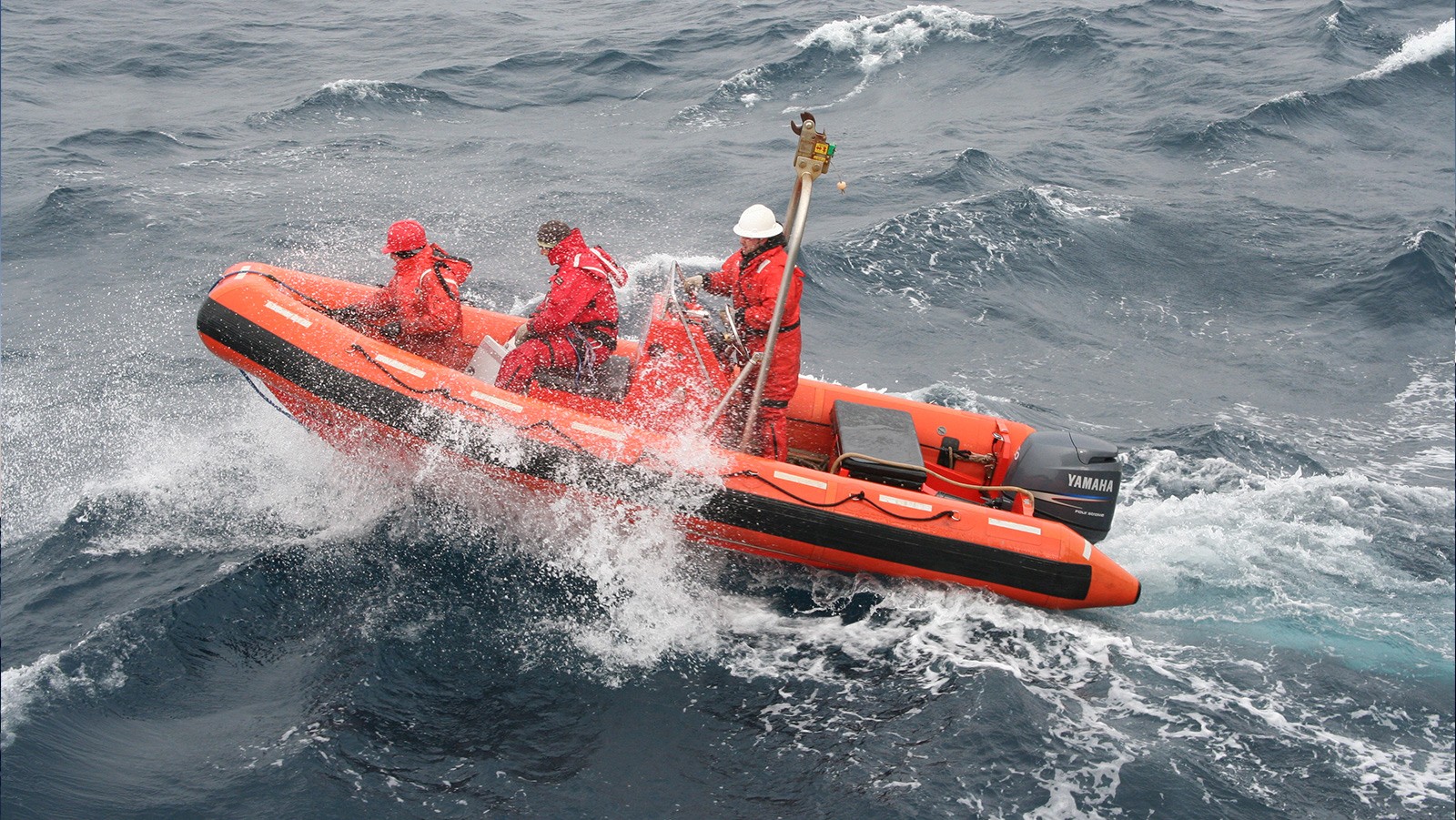NOAA’s Global Ocean Monitoring and Observation Division and Global Drifter Program recently extended a helping hand to support deployment of commercial Spotter drifters, supported by the U.S. Navy’s Office of Naval Research. These specialized drifters are designed to measure waves, in addition to winds and sea surface temperature, providing valuable data to scientists to be used in hurricane forecast models.
Shaun Dolk, the manager of the Program’s drifter operations center at AOML, saw a unique opportunity to leverage a long-standing partnership with the National Weather Service’s National Data Buoy Center to coordinate the Spotter drifter deployments for the Navy. The Center regularly supports deployment of drifters during cruises to maintain operational buoys in the Pacific. A drifter is an instrument that contains sensors to measure different parameters, such as sea surface temperature and salinity, that sits at the surface of the ocean and is transported via near-surface ocean currents.
The regular deployment of these instruments helps maintain a distributed global array of drifters for improved weather forecasts and ocean monitoring. The US Navy-sponsored Spotter drifters will be deployed alongside NOAA’s traditional drifters, on the upcoming mooring servicing cruise of the research vessel, the R/V Discovery owned by Ryan Marine Inc. The data obtained from these drifters are extremely valuable ahead of tropical cyclone season to improve hurricane forecasts in the Pacific.
NOAA and the U.S. Navy have an ongoing partnership where both parties work together to advance research efforts to better understand the ocean. NOAA’s Global Drifter Program has benefitted greatly from Navy-sponsored drifter deployments and development opportunities. Most recently, an Office of Naval Research-funded cruise deployed Directional Wave Spectrum drifters off the coast of Iceland, delivering critical data in real time to NOAA operational centers. The deployments began early this year, with 50 drifters deployed during the first cruise, and over 100 set to be deployed in the upcoming weeks and months.
